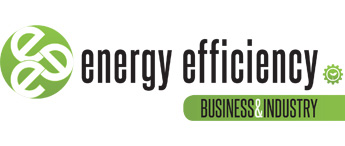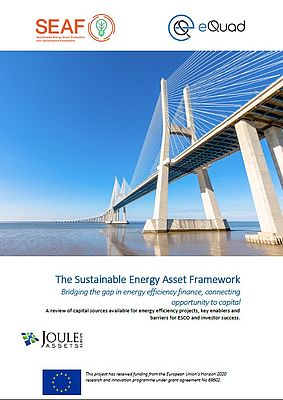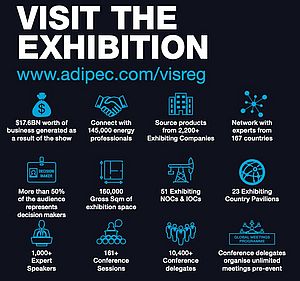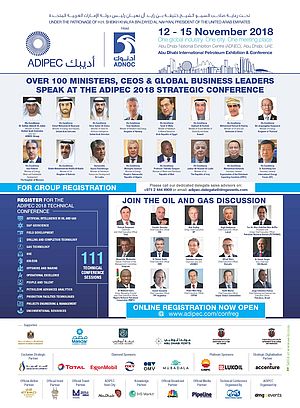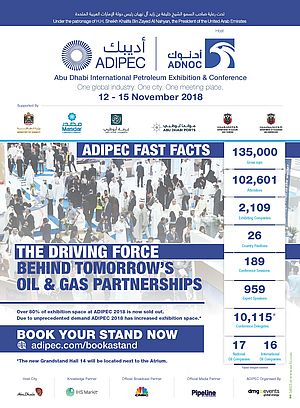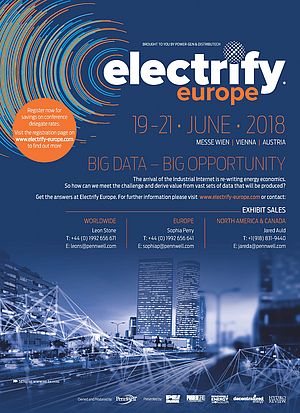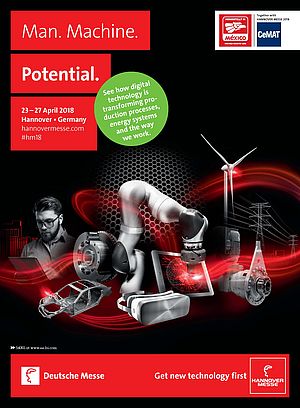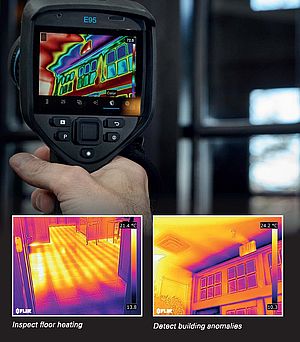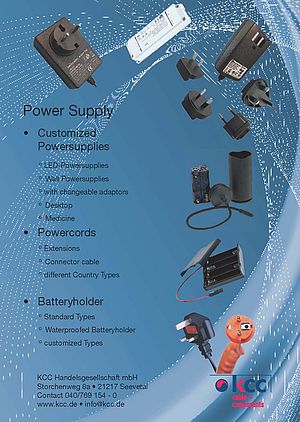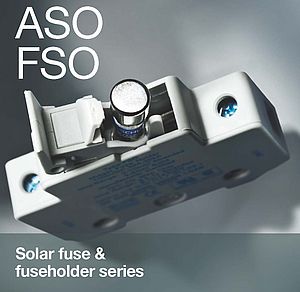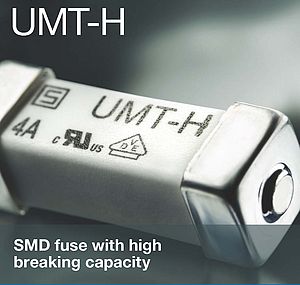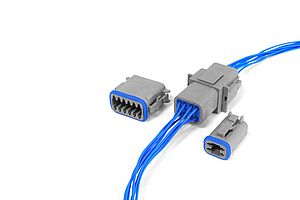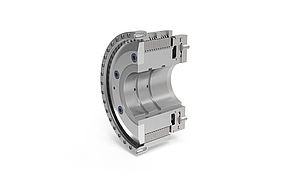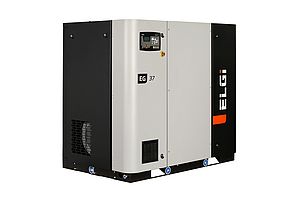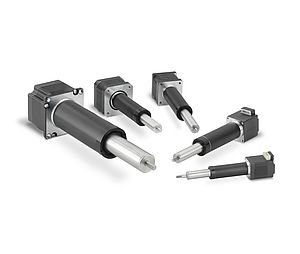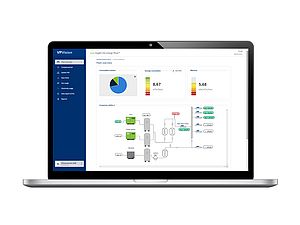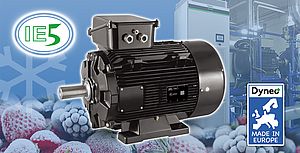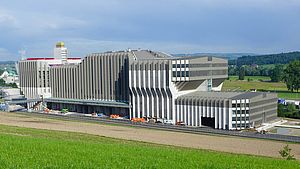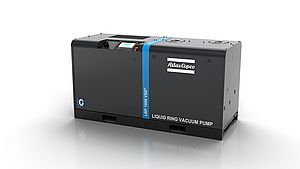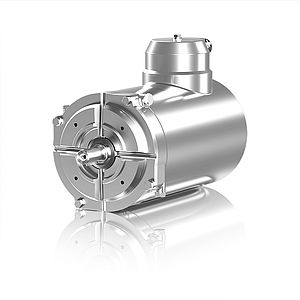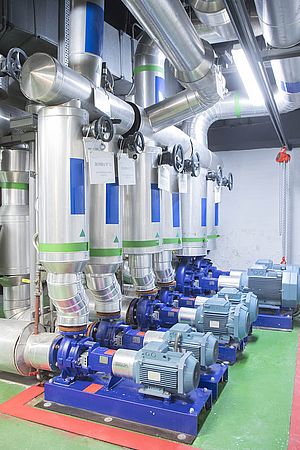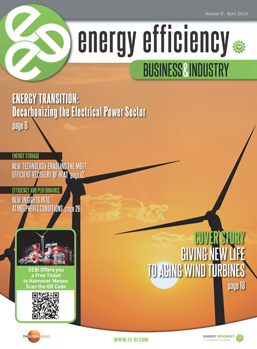Joule Assets Europe. There is no shortage of projects for Energy Efficiency improvements in Europe – buildings currently account for 40% of total final energy consumption and 36% of CO2 emissions1. Investing in energy efficiency is therefore fundamental to Europe’s transition toward a more competitive, secure, and sustainable energy system. However, both investors and Energy Service Companies (ESCOs) have repeatedly named the “finance gap” as a critical roadblock to scaling up Europe’s energy efficiency market, to the detriment of the environment, private investment, Small and Medium-sized Enterprises (SMEs), and crucially, the growth of Energy Service Companies (ESCOs). Credit liabilities and fixed assets burden the balance sheets of building owners and ESCOs alike, requiring more equity capital, all the while deterring financial institutions from engaging. At the same time, Energy Performance Contracting (EPC), the key contracting model used by ESCOs to sell energy efficiency to end clients, is not well understood by many financial institutions.
